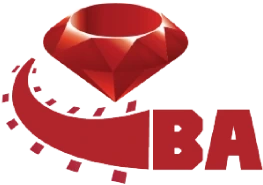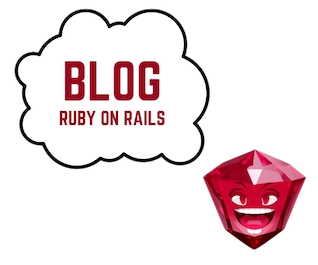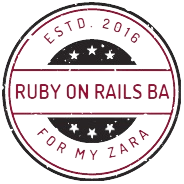Blogs
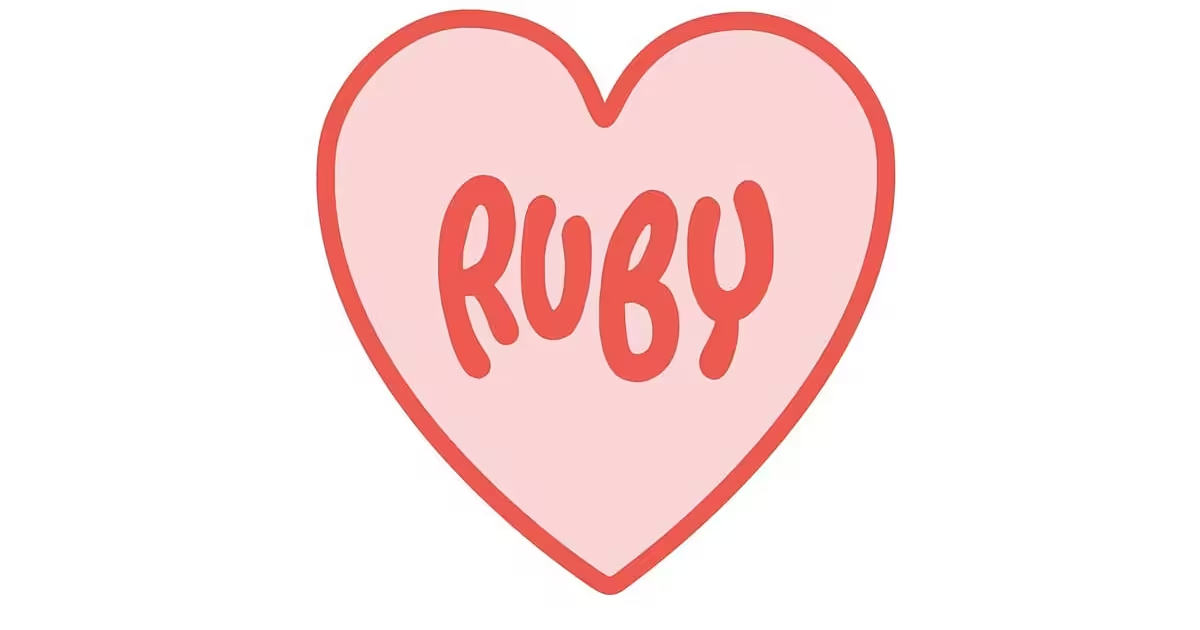

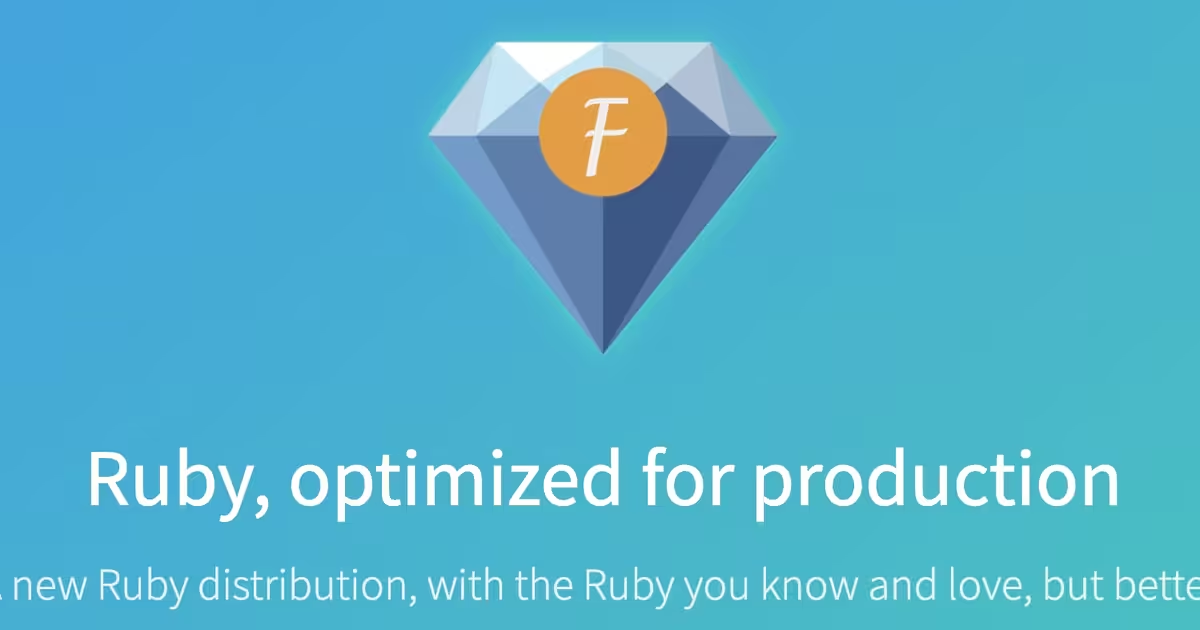
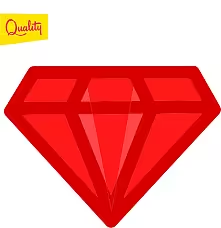
Game of Life in one Ruby statement... inspired by APL
But let me explain. Last week, I stumbled upon a new APL apology post. It struck some deep chord in me and gave me an impulse to make another attempt to understand this beautifully weird language.What I (somewhat unexpectedly) find out, is that be...

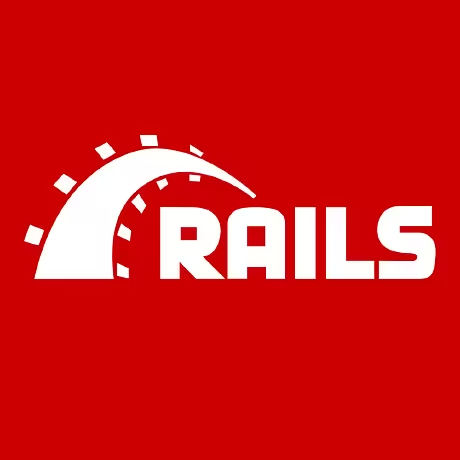
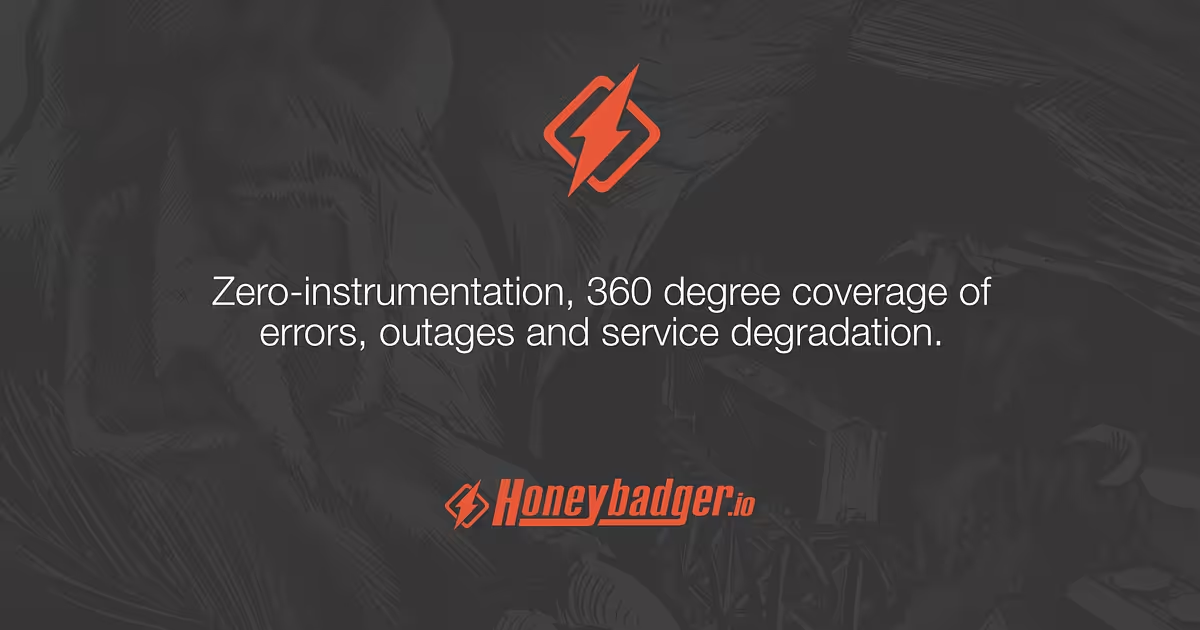
Neural Networks in Ruby: A Not-So-Scary Introduction
In this post, we will learn the basics of neural networks and how we can implement them utilizing Ruby! If you're intrigued by artificial intelligence and deep learning but are unsure how to get started, this post is for you! We'll walk through a ...

New 2.7/3.0 keyword argument pain point - Ruby on Rails Discussions
Hi, this is Matz. A few Rails core developers (including DHH himself) contacted me that the recent keyword argument changes are too painful. I admit we underestimate the pain of migration of the keyword arguments. After serious consideration, I de...
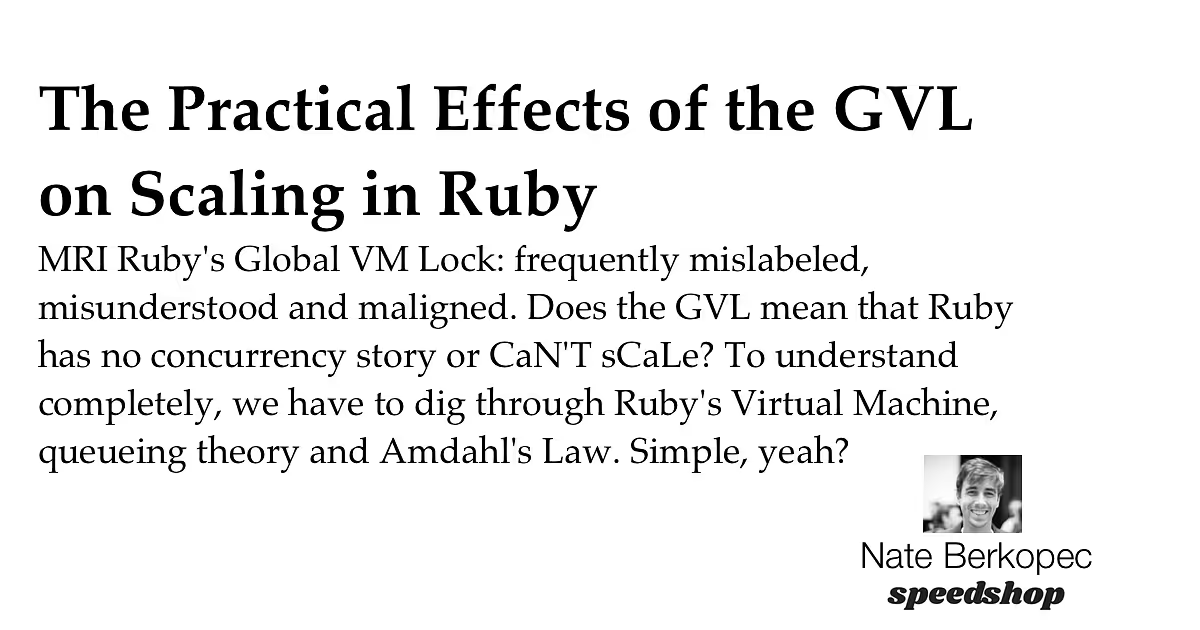
The Practical Effects of the GVL on Scaling in Ruby
The Global Virtual Machine Lock confuses many Rubyists. Most Rubyists I’ve met have a vague sense that the GVL is somehow bad, and has something to do concurrency or parallelism.‘CRuby’ refers to the mainline Ruby implementation, written in C. Som...
